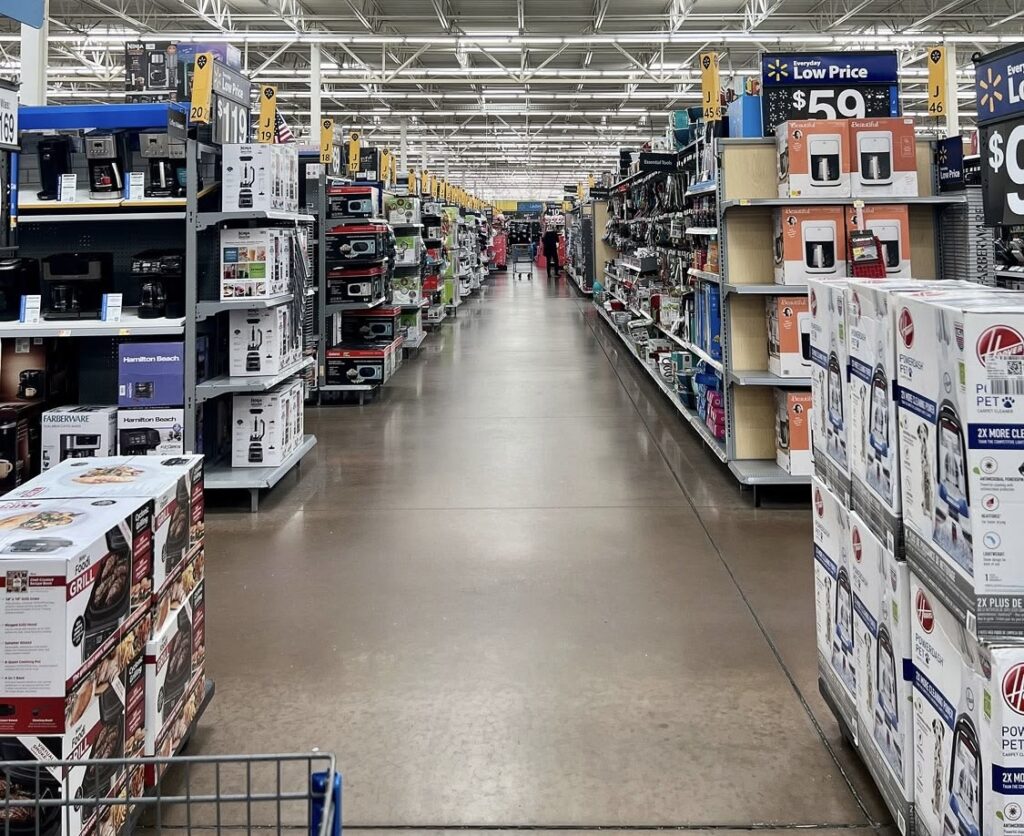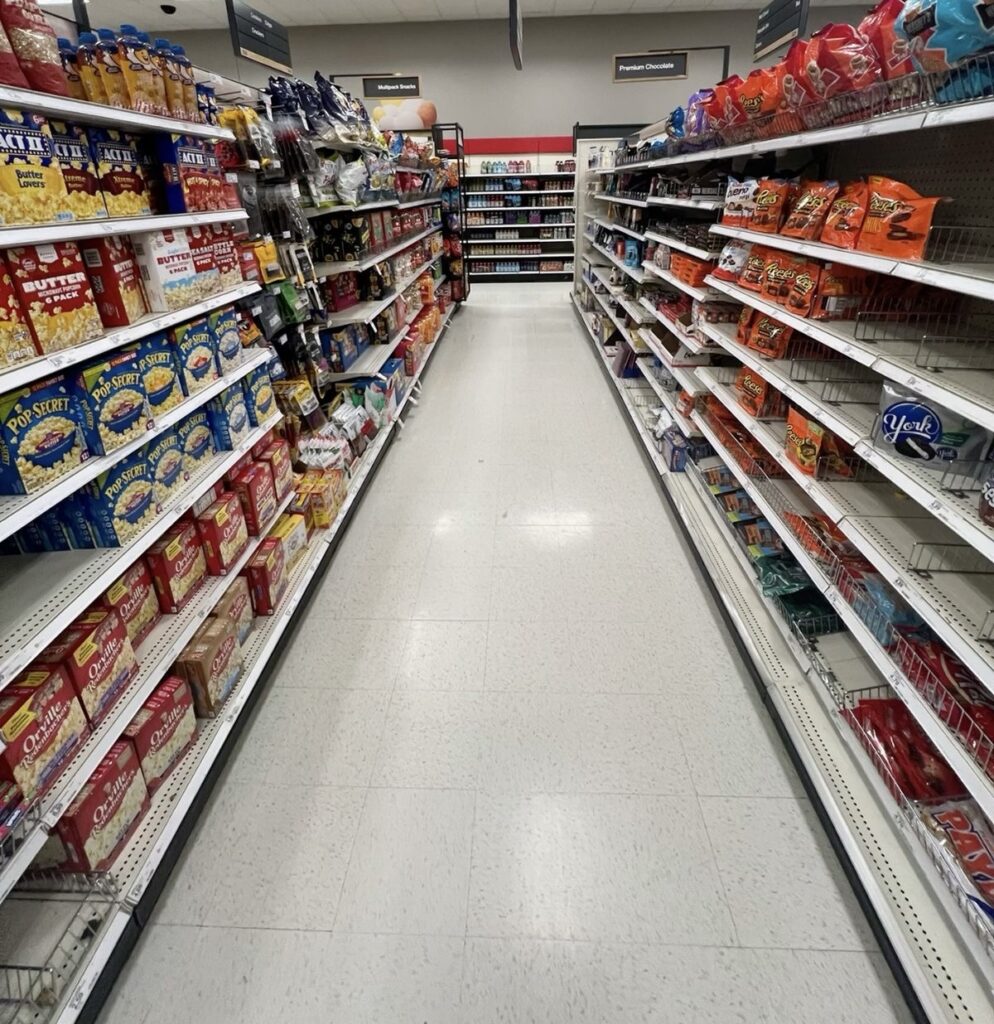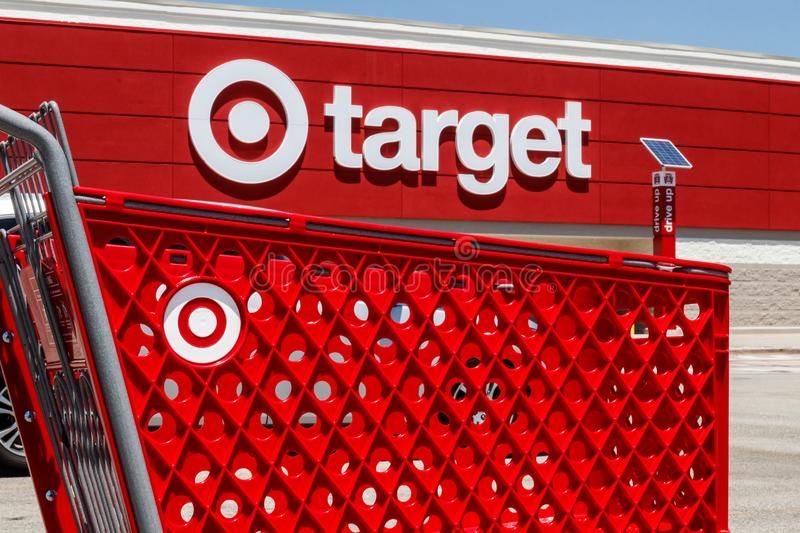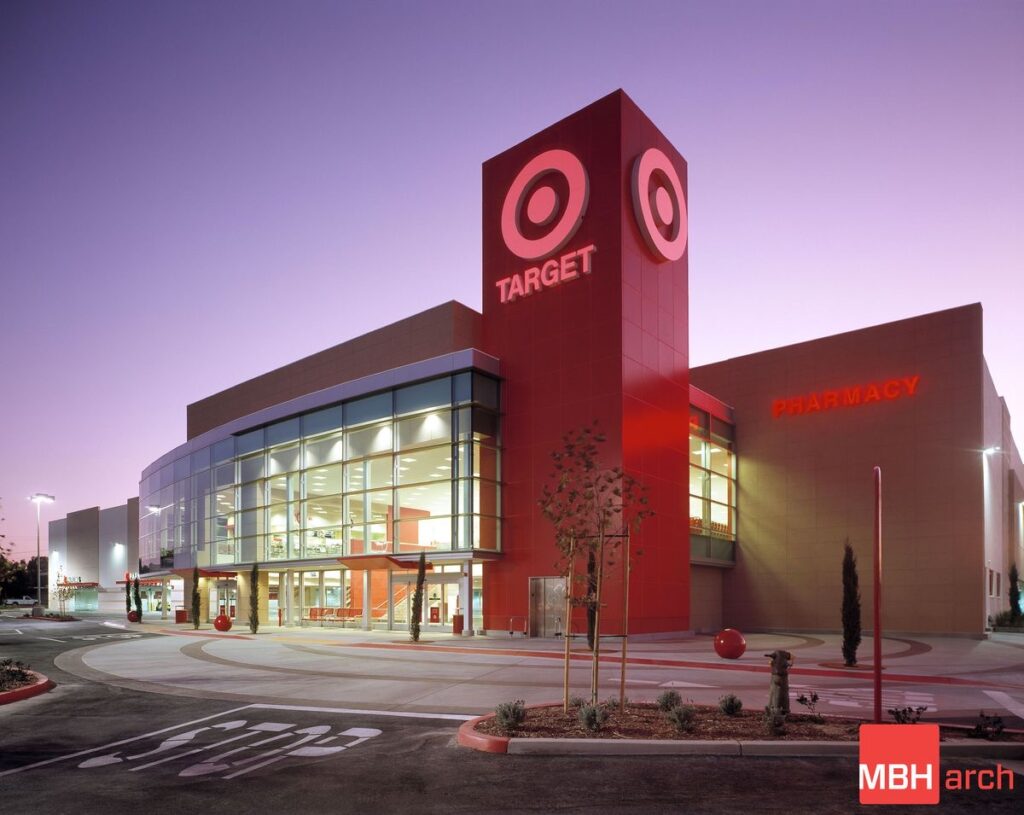Target Corporation is presently struggling with some tough challenges despite experts’ forecast. It recently had its biggest reduction in profits in two years. This happened even though it tried to attract more shoppers by slashing prices and running special promotions. Unfortunately, after all of this, its earnings still fell short of what experts expected. This caused the company to lower its sales prediction for this year.
Target now expects comparable sales growth in the fourth quarter. This shows a change in consumer trends; people are being more careful with their spending. At the same time, competitors like Walmart are doing better; they have stronger sales numbers. Target’s struggles show how hard it is for stores to keep prices low enough to attract customers while still making enough money to stay profitable.
Target Slashes Forecast: Quarterly Earnings Miss and Revised Forecast
According to Wall Street and its performance metrics, Target’s financial performance for the third quarter of 2024 did not meet Wall Street’s forecasts. The company earned $1.85 per share, which was 20% less than the $2.30 that experts predicted. The company’s revenue projection was $25.67 billion. This is just under the $25.90 billion that analysts expected. This was the first time Target’s revenue fell short of predictions since August 2023.

Target’s net income also dropped by 12% compared to the same time last year. This means the company earned $854 million. This is a reduced amount from the $971 million it made last year.
Due to these disappointing results, Target lowered its profit expectations for the rest of the year. The company now thinks it will earn between $8.30 and $8.90 per share. This figure is lower than its earlier estimate of $9 to $9.70. While experts had hoped for $9.55 per share.
Target’s CEO, Brian Cornell, said the company struggled because people were buying less of certain non-essential items, like clothes or home goods. Another reason is that costs related to shipping and getting products to stores were higher than expected. All of these made things even harder for the company.
Quarterly Performance Overview Despite Target Forecast
Target’s sales increased a little. It grew by 0.3%, which is much less than the 1.5% increase that experts had expected. The company’s digital sales increased. It went up by 10.8% compared to last year. However, in-store sales were reduced by 1.9%. More customers visited Target as customer traffic increased by 2.4%. A lot of these customers focused on buying essentials like food, beauty items, and everyday goods.

Even though these categories showed some improvement, Target’s overall revenue barely grew. It slightly increased to $25.67 billion from $25.40 billion the year before. This small increase shows that times are tough for retailers, as shoppers are still being careful about spending money on non-essential items.
ALSO READ: Kohl’s Focuses on Cost Controls and Leaner Inventories to Boost Profit Targets
Impact of Price Cuts and Promotions
To appeal to shoppers who are careful with their money, Target made big price cuts throughout the year. The company lowered prices on more than 10,000 items. These items include everyday products like diapers and milk, as well as holiday sales items like toys and ice cream. Despite these efforts, sales did not increase as much as the company had hoped.

Target’s Chief Commercial Officer, Rick Gomez, explained that the price cuts strategy was meant to help customers save money on necessities. That way, they would be able to afford to treat themselves to other items, like new clothes or beauty products. However, many shoppers still held back on spending. They waited for big sales like Target’s Circle Week in October.
While Circle Week was a success, with lots of people shopping and signing up for Target’s loyalty program, the weeks before and after saw less traffic. This shows the change in consumer trends. These days, shoppers are very selective and tend to spend only when they feel they are getting the best deal.
Category Trends and Consumer Behavior
Target’s sales results were very different based on the type of product. Items like food, drinks, and everyday essentials saw low single-digit growth. Thanks to their partnership with Ulta Beauty, beauty products did much better, with over 6% growth. However, products that are not necessary, like clothes and home items, did not sell as well because people were being more careful with their spending.

Rick Gomez, one of Target’s leaders, explained that shoppers are getting smarter about how they spend their money. They are waiting for big sales or deals before making purchases. This shows that many people are cutting back on buying extra items because their money is being stretched by higher costs for things they need, like housing and groceries.
ALSO READ: Top Wall Street Analysts Are Optimistic About These Dividend Stocks
Challenges From Supply Chain Costs
Target faced more financial difficulties because of problems with its supply chain costs. In order to avoid issues from a possible port strike in October, the company spent extra money to change the way it shipped products and speed up deliveries. While this helped to ensure that Target would have enough products for the busy holiday season, it also caused some problems.

The company had to perform more inventory management than usual earlier in the quarter, and their operations became less efficient because of the changes they made. Michael Fiddelke, the Chief Operating Officer said that even though these extra costs hurt the company’s profits, they were necessary. They were needed to make sure customers could get their products. However, all the extra expenses still affected the company’s financial performance overall.
Comparison With Walmart and Market Performance
Target has been struggling, while Walmart is doing much better. Walmart has seen strong sales, especially in items people regularly buy. These items include groceries, which comprise about 60% of Walmart’s U.S. sales. On the other hand, groceries only make up 23% of Target’s sales. This difference shows how Walmart’s focus on everyday essentials has helped it grow.

Target’s stock has not been performing well. So far this year, its stock has only increased by 9.5%, while the S&P 500 has increased by 24%. This means Target’s stock is not doing as well as the market. The price of Target’s stock, which is around $155 now, is much lower than it was during the pandemic when it reached nearly $270. This shows that investors are less confident in Target’s future performance.
Despite these challenges, Target is still working on improving its business strategy. The company is trying to lower prices more effectively. It is doing this in order to improve how it manages its products and deliveries. It also wants to focus on the items that people really want to buy. The goal is to grow and recover in the long run, even though it faces some difficulties right now.

